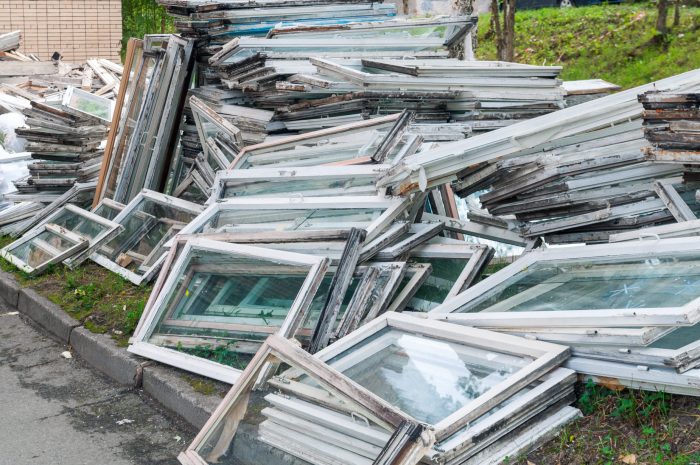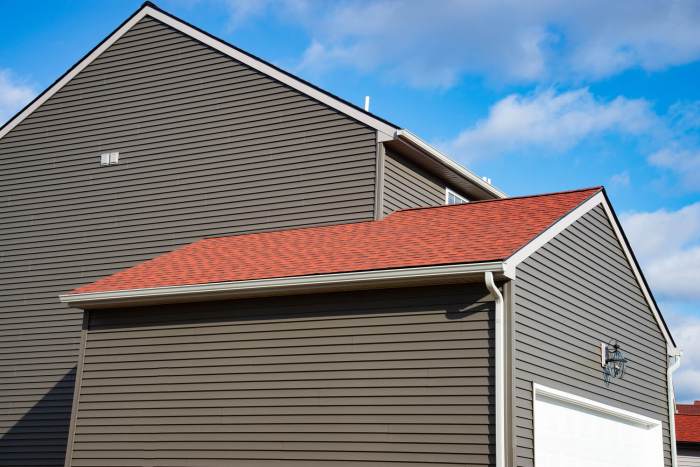How Double-Glazing Windows Affect Energy Bills
When it comes to understanding the impact of double-glazing windows on energy bills, a fascinating journey awaits. From the concept of double-glazing to its role in enhancing energy efficiency, this topic delves into the intricacies of how these windows can significantly influence your monthly utility costs.
Exploring the construction, technology, and benefits of double-glazing windows sheds light on how they can be a game-changer in the realm of energy conservation and cost savings.
Importance of Double-Glazing Windows
Double-glazing windows are a type of window that consists of two panes of glass separated by a layer of air or gas. This design helps in reducing heat loss and heat gain, making them essential for energy efficiency in buildings.
How Double-Glazing Windows Help in Energy Efficiency
Double-glazing windows create a barrier that reduces the amount of heat that can pass through the glass. This helps in maintaining a consistent indoor temperature, reducing the need for heating or cooling systems to work harder to compensate for heat loss or gain.
By preventing heat loss in the winter and heat gain in the summer, double-glazing windows contribute to lower energy consumption and reduced energy bills.
How Double-Glazing Windows Work
Double-glazing windows are constructed using two panes of glass separated by a layer of air or gas. This design helps in reducing heat transfer between the interior and exterior of a building, thereby improving energy efficiency.
Construction and Technology
Double-glazing windows consist of two glass panes that are separated by a spacer to create a sealed unit. The space between the panes is filled with air or insulating gas, such as argon or krypton, which helps in reducing heat transfer.
The frames of double-glazing windows are usually made of materials like uPVC, wood, or aluminum.
Materials Used
The glass used in double-glazing windows is typically low-emissivity (low-E) glass, which has a special coating to reflect heat back into the room. The spacer between the glass panes is often made of materials like aluminum or stainless steel. Additionally, the frames are constructed using materials that offer good insulation properties, such as uPVC or wood.
Energy Efficiency
Compared to single-glazing windows, double-glazing windows offer significantly better energy efficiency. The sealed unit and insulating layer between the glass panes help in reducing heat loss during the winter and heat gain during the summer. This results in lower energy bills and a more comfortable indoor environment throughout the year.
Reducing Heat Transfer
Double-glazing windows play a significant role in reducing heat transfer, helping to maintain a comfortable indoor temperature and ultimately lowering energy bills.
Role of Air or Gas Filled Between Panes
When it comes to reducing heat transfer, the air or gas filled between the panes of double-glazing windows acts as an insulating barrier. This layer of air or gas helps to slow down the transfer of heat through the window, preventing heat from escaping during the winter months and keeping out unwanted heat during the summer.
Insulating Properties of Double-Glazing Windows
The insulating properties of double-glazing windows are key to their effectiveness in reducing heat transfer. The multiple panes of glass, along with the air or gas between them, create a barrier that helps to trap heat inside and prevent it from escaping
This insulation not only helps to maintain a consistent indoor temperature but also reduces the need for constant heating or cooling, ultimately leading to energy savings.
Cost Savings and Energy Bills
Installing double-glazing windows can have a significant impact on reducing energy bills. By providing better insulation and reducing heat transfer, these windows help maintain a consistent temperature inside the house, resulting in lower energy consumption.
Potential Cost Savings
- On average, households can save around 10-20% on their heating and cooling costs by switching to double-glazing windows.
- For a typical home, this could translate to savings of hundreds of dollars annually on energy bills.
- Over time, the initial investment in double-glazing windows pays off through these ongoing savings.
Real-life Scenarios
- A homeowner in a cold climate noticed a 30% reduction in heating bills after installing double-glazing windows, leading to significant long-term savings.
- In a hot climate, another homeowner reported a 15% decrease in cooling costs during the summer months, making the investment in double-glazing windows worthwhile.
Final Review

In conclusion, the realm of energy bills and double-glazing windows intertwine in a narrative that showcases the tangible benefits of investing in energy-efficient solutions. By understanding the mechanics behind heat transfer, insulation properties, and real-world cost savings, one can appreciate the transformative impact these windows can have on both the environment and one's pocket.
Top FAQs
Do double-glazing windows really make a difference in reducing energy bills?
Yes, double-glazing windows are designed to minimize heat transfer, leading to lower energy consumption and subsequently reduced energy bills.
Are double-glazing windows more expensive to install compared to single-glazing windows?
Initially, double-glazing windows may have a higher upfront cost, but the long-term savings in energy bills make them a cost-effective choice.
Can double-glazing windows be customized to suit different architectural styles?
Yes, double-glazing windows come in various designs and can be tailored to complement different architectural aesthetics.



